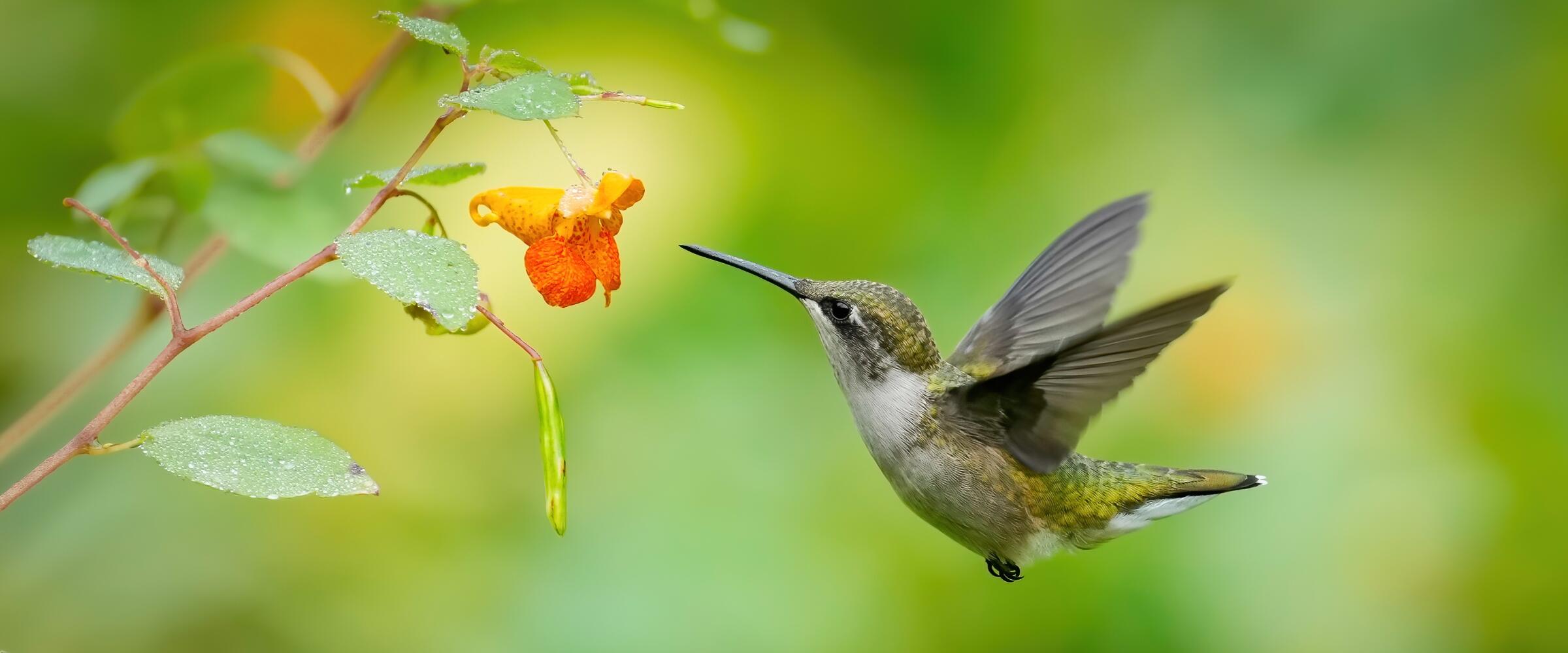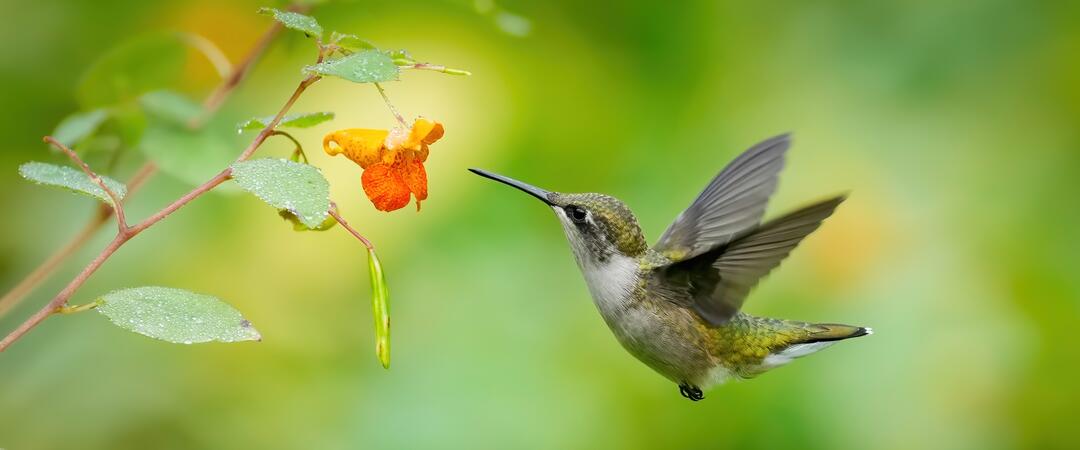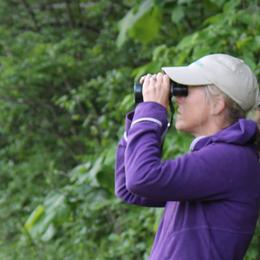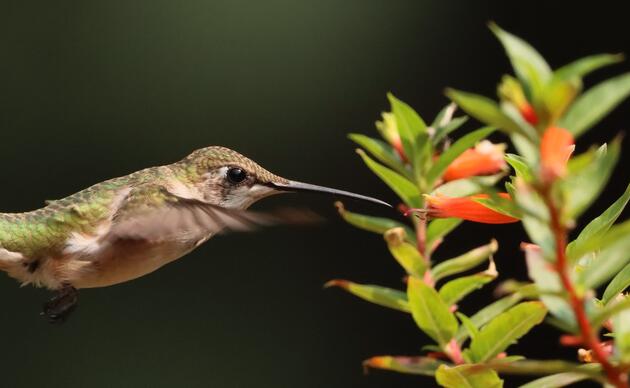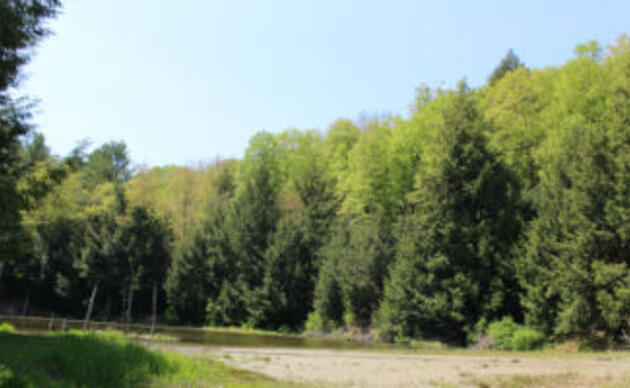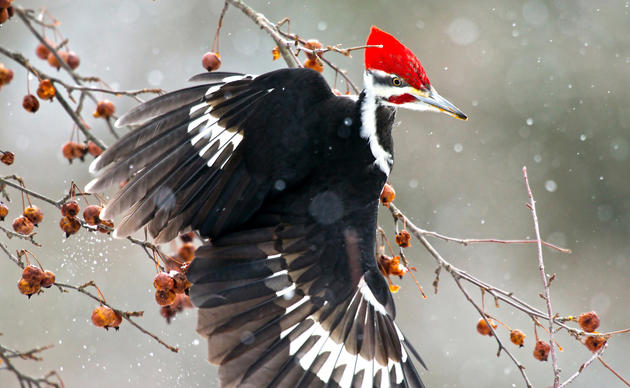New York State enacted similar legislation, known as the Birds and Bees Protection Act, in 2023. However, organizations are concerned that the Agency of Agriculture, Food & Markets will miss a July 1 rulemaking deadline mandated by the Vermont Legislature to establish best management practices that would further reduce the use of neonics across all sectors, providing additional protections to pollinators and the environment.
Vermont’s law is designed to protect pollinators, ecosystems, and the state’s agricultural economy by reducing the use of neonic pesticides throughout the state. The law has three main components:
- Beginning July 1, 2025, it prohibits outdoor uses of neonicotinoids that are harmful to pollinators.
- Beginning in 2029, it prohibits the use of field crop seeds (corn, soy, wheat, and cereal) treated with neonicotinoids. This date gives farmers plenty of time to transition to safer alternatives.
- It requires best management practices (BMPs) for allowed neonicotinoid uses. Importantly, the law includes the possibility of exemptions for farmers who qualify.
Nationally, honey bee populations are projected to decline by up to a staggering 70% this year. Threats like climate change, land use change, pathogens and pesticides all contribute to pollinator losses.
“In Vermont and across the country, bees are hurting right now,” said Anna Seuberling, Environmental Advocate with the Vermont Public Interest Research Group (VPIRG). “Everyone understands that, from backyard gardeners to professional beekeepers. This law takes meaningful action to address one of the greatest threats bees face, which is the use of toxic neonic pesticides.”
A recent assessment by the U.S. Environmental Protection Agency (EPA) found that the three most commonly-used neonics likely jeopardize the continued existence of over 200 threatened and endangered species, including pollinators such as bees and butterflies, as well as other beneficial insects like dragonflies.
“One year ago, Vermont passed the Pollinator Protection Act, an important step forward for bees, birds, and waterways. It is now time to establish clear practical rules so that farmers, pesticide applicators, and beekeepers can move forward with clarity and confidence,” said Emily May, Agricultural Conservation Lead, Pesticide Program, The Xerces Society for Invertebrate Conservation
A large analysis completed by Cornell researchers in 2020 found that neonics commonly impact honey bee physiology, behavior, and reproduction. And though harm can result from tiny exposures to neonics, actual exposures can often be 100 times the concentration known to impact pollinators.
Researchers who testified as the legislation was being considered noted that use of neonic-treated corn and soybean seeds seems to provide few if any benefits to farmers. Indeed, the loss of pollinators in the state due to exposure to neonics presents its own threat to Vermont’s agricultural economy.
“Vermont’s neonicotinoid ban is a significant step forward in addressing the harm that pesticides cause to public health and the environment. VNRC is hopeful that the ban will lead to restrictions on other pesticides that data show are contaminating Vermont’s water and soils,” said Jon Groveman, policy and water program director, Vermont Natural Resources Council (VNRC).
It’s not just pollinators that are at risk. Neonics are neurotoxins that target the nervous system. They can present a threat to birds, aquatic species, and other forms of wildlife, and potentially to humans as well.
“The Pollinator Protection Act is a big win for bees, birds, and all wildlife,” said Hardy Kern with the American Bird Conservancy. “Yet, without strong rules from the Agency of Agriculture, its promise to make real change goes unfulfilled. We need the Agency to issue stringent regulations and protect Vermont’s irreplaceable wildlife from neonicotinoids as the law requires.”
Act 182 marks a critical step forward in protecting Vermont’s pollinators, but its implementation cannot fully take effect until regulations are finalized from the Agency of Agriculture, Food, and Markets. The Agency has yet to even submit draft rules for public comment, a necessary step before rules can be finalized.
For instance, on July 1, outdoor application of pesticides will be prohibited unless an exemption is granted by the Agency. However, the regulations that would establish “best management practices” (which have to be followed in cases where exemptions are granted) have not been finalized.
“We urge the Agency of Agriculture to complete the rulemaking process for Act 182 promptly, especially since aspects of the law are now in effect,” said Seuberling. “This process must include a plan for public participation. We are well aware that the fate of our state’s bees and other pollinators is a deep concern for many Vermonters.”
Supporters of the Pollinator Protection Act are eager to see the positive change the July 1 implementation date for restrictions on neonic applications will bring.
“Audubon is proud to be part of the coalition that helped advance the Pollinator Protection Act last year, which represents a meaningful step toward reducing neonicotinoid use and protecting Vermont’s birds, pollinators, and natural landscapes,” said Margaret Fowle, Audubon Vermont Conservation Manager, “Alongside our partners, we are standing ready to support the implementation of the law, and are hopeful the process can soon get underway. We encourage the Agency of Agriculture to open the public comment period so this important law can be implemented as intended.”
In addition to impacts on pollinators and birds, neonics run off farm land and into Vermont waters, resulting in impacts to aquatic biota.
“The Lake Champlain Committee joined the effort supporting passage of Act 182 in 2024 because we are concerned about the water quality impacts of pesticides and the importance of robust ecosystems for lake health. Neonicotinoids are water soluble and are proven to have devastating impacts on aquatic insects, which can alter entire freshwater food webs. The ban allows for exemptions – but the ability to qualify for an exemption depends on the existence of best management practices that have not yet been promulgated. We want to make sure the law takes full effect as the legislature intended, and that the standards being applied are transparent,” said Jenny Patterson, Executive Director of the Lake Champlain Committee.
The same coalition of beekeepers, scientists, farmers, and advocates that helped to pass the law is now urging the Agency of Agriculture to move quickly to complete the rulemaking process for Act 182—including opening the public comment period. Some of the coalition’s key suggestions for improving the draft rules are as follows:
- Require a strong integrated pest management (IPM) plan before neonics are used under an exemption.
- Using treated seeds by default — without checking fields to see if pests are present at levels that justify pesticide use — is one of the problems this law was meant to fix.
- Strengthen protections for pollinators when exemptions are granted.
- Even small amounts of neonics can harm bees. When exemptions are granted, the state should require extra steps to reduce the risk to pollinators — like letting nearby beekeepers know in advance.
- Prevent pollution from leftover pesticide-treated seeds.
- Stronger disposal rules are needed to protect our drinking water, environment, and public health.
Background on neonic pesticides in the state
Neonics are a class of pesticides most commonly used as a seed treatment on corn and soybeans. This treatment sloughs off the seeds into our environment, waterways and non-target plants – like wildflowers. When bees are exposed to neonics, they can lose their ability to navigate home, weaken their immune system and impact their ability to reproduce. In fact, there’s enough active chemical ingredient on a single neonic treated corn seed to kill upwards of 80,000 honey bees.

